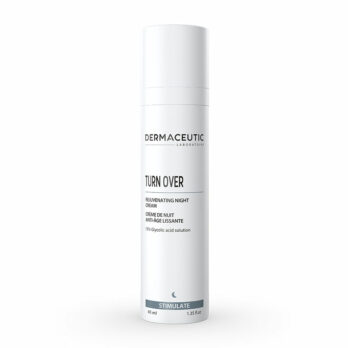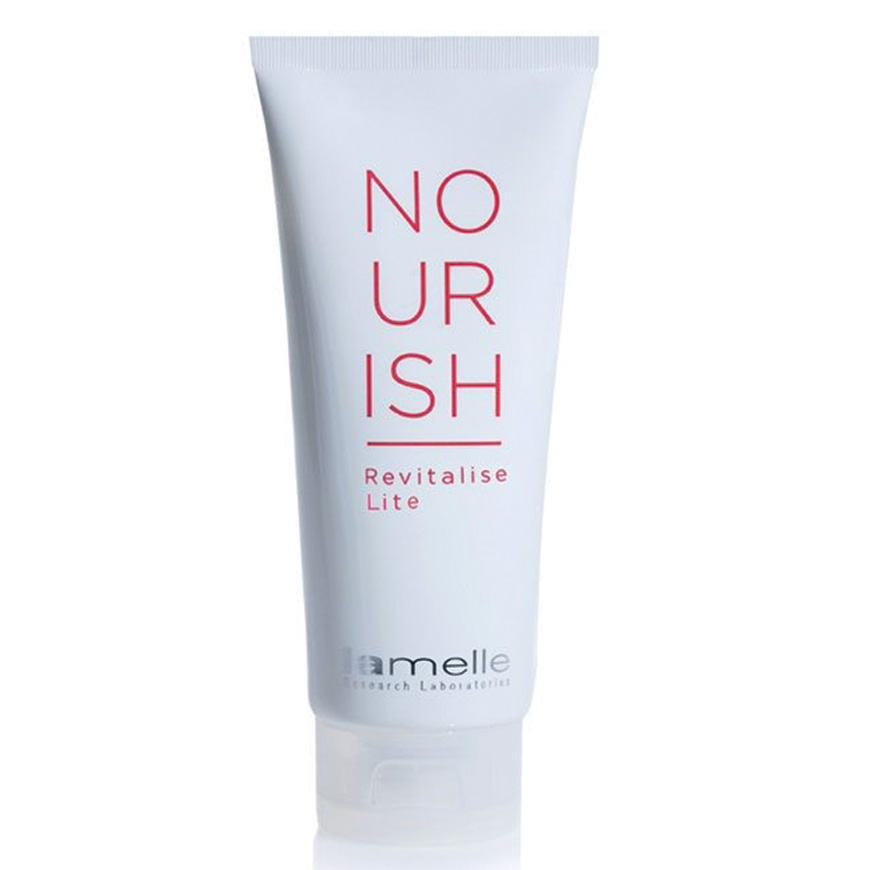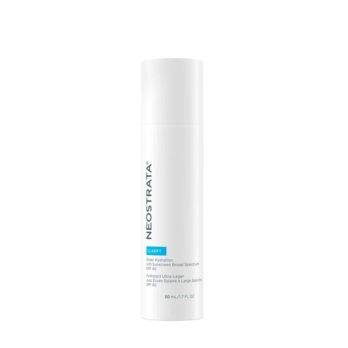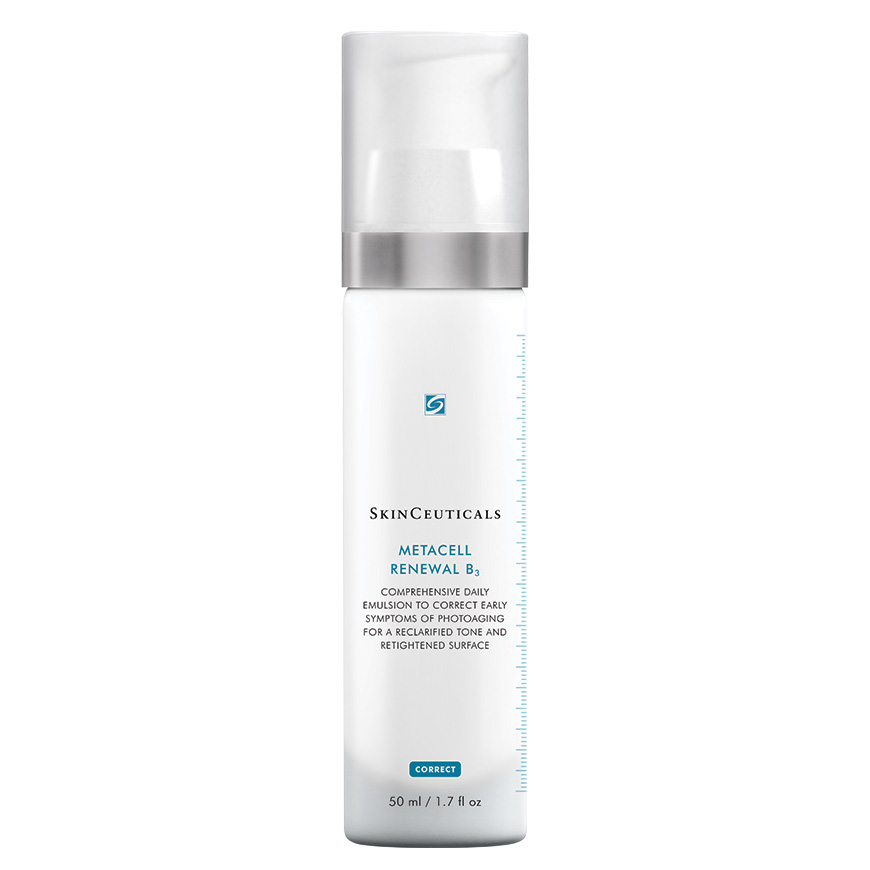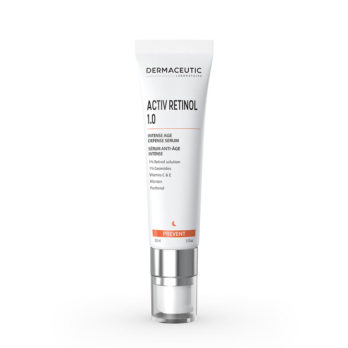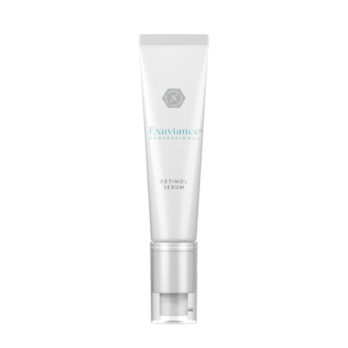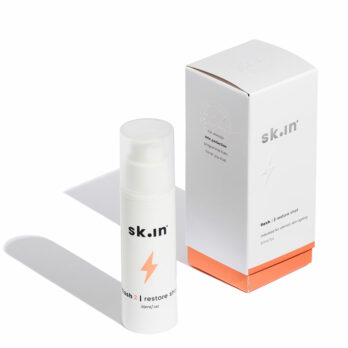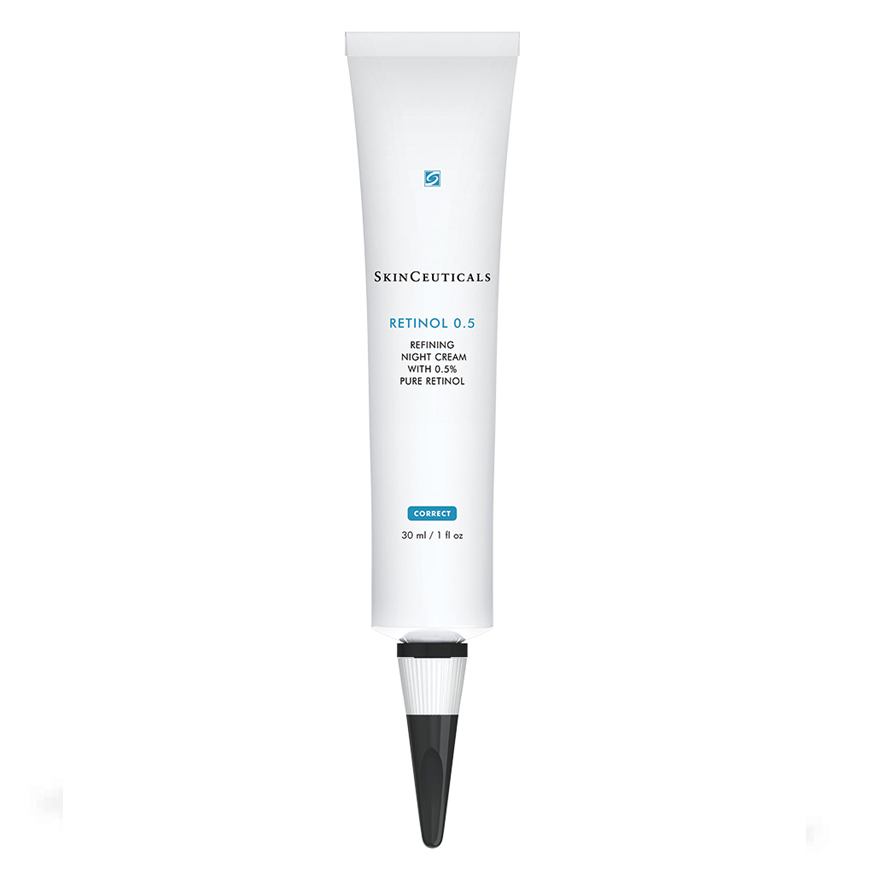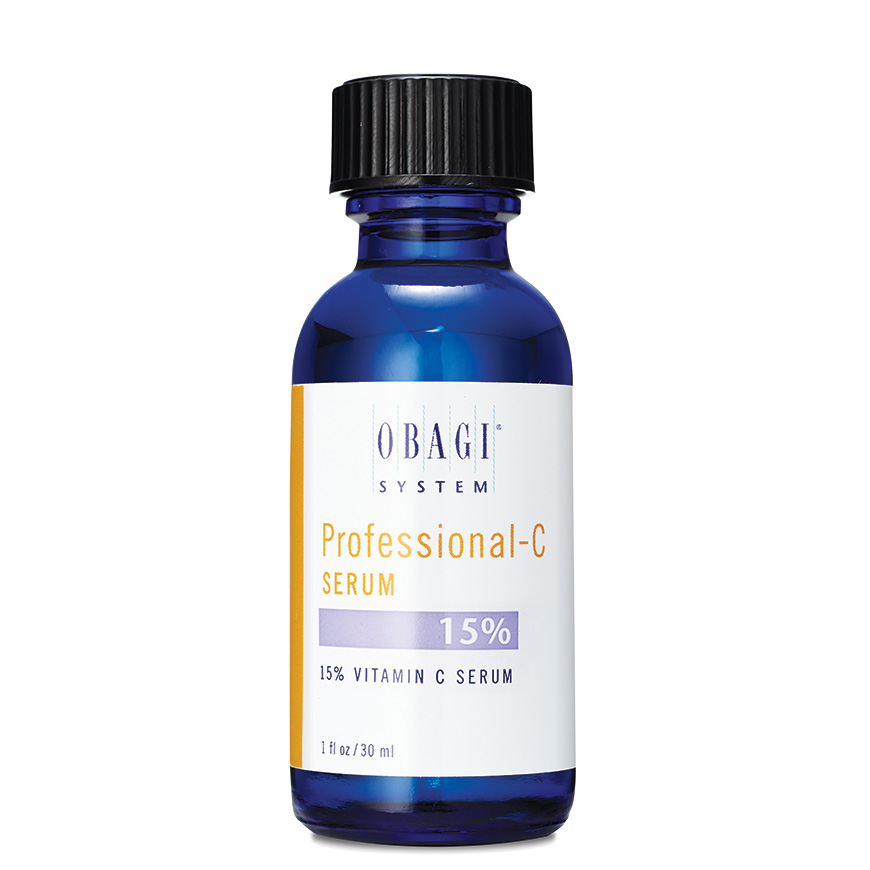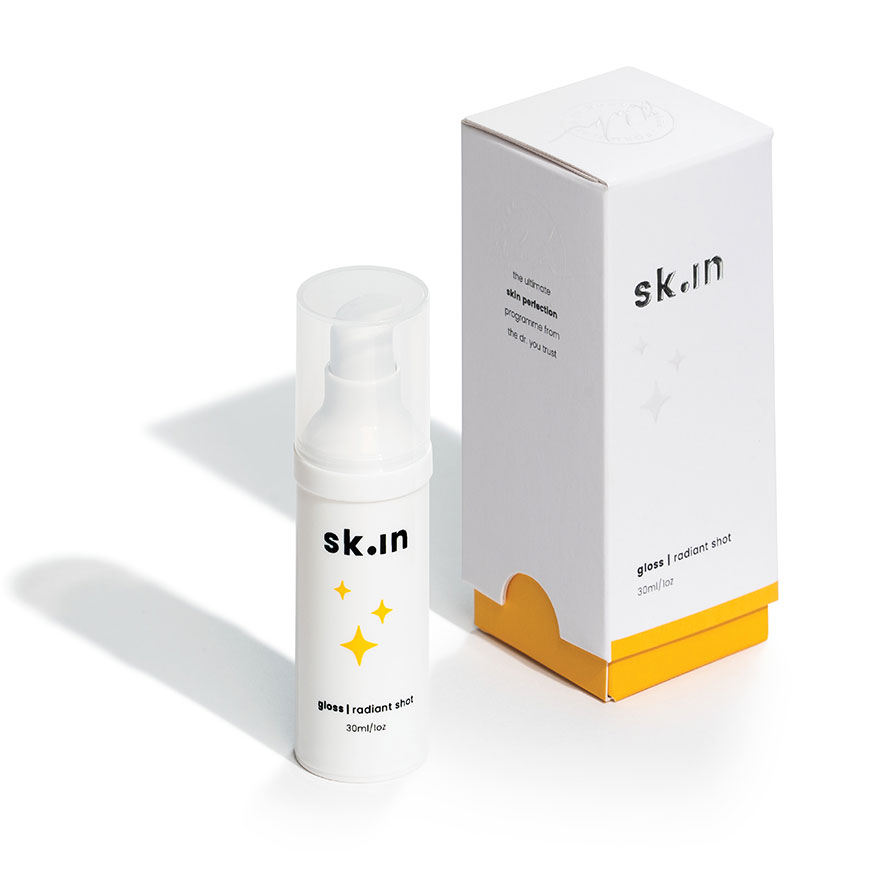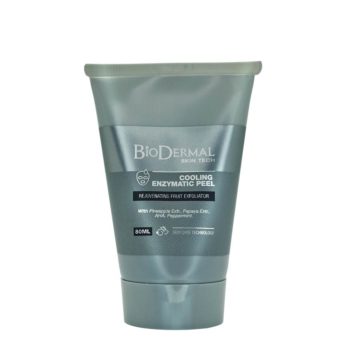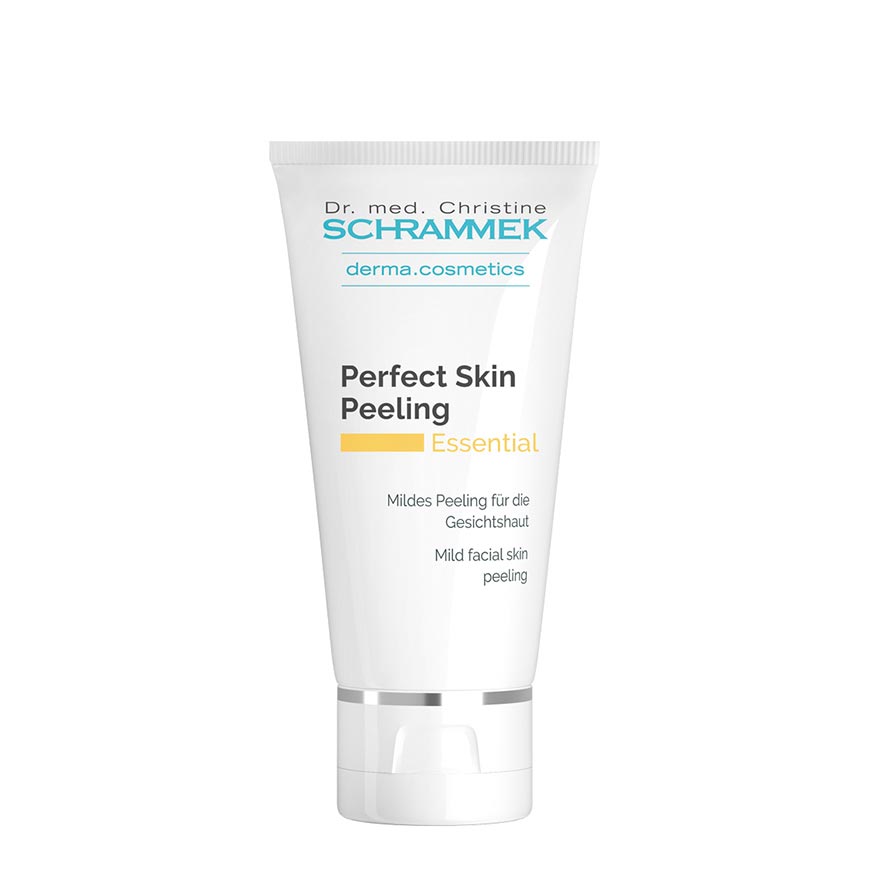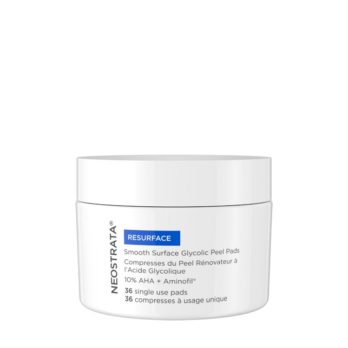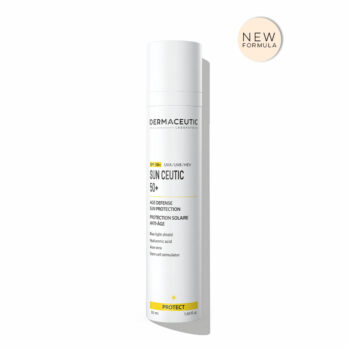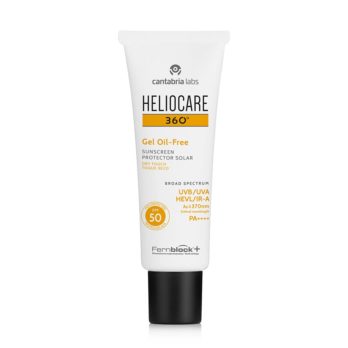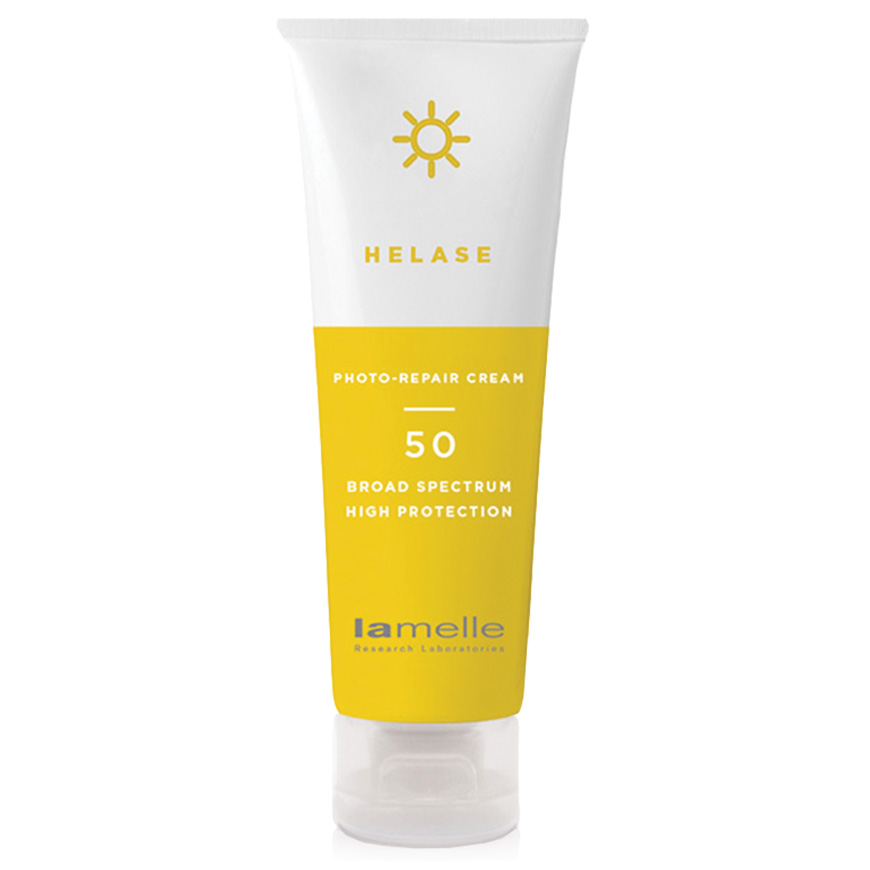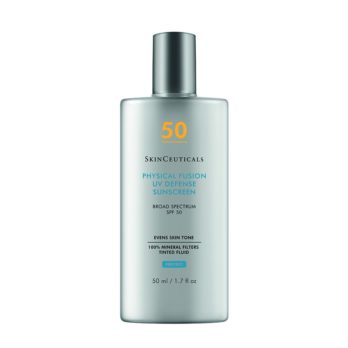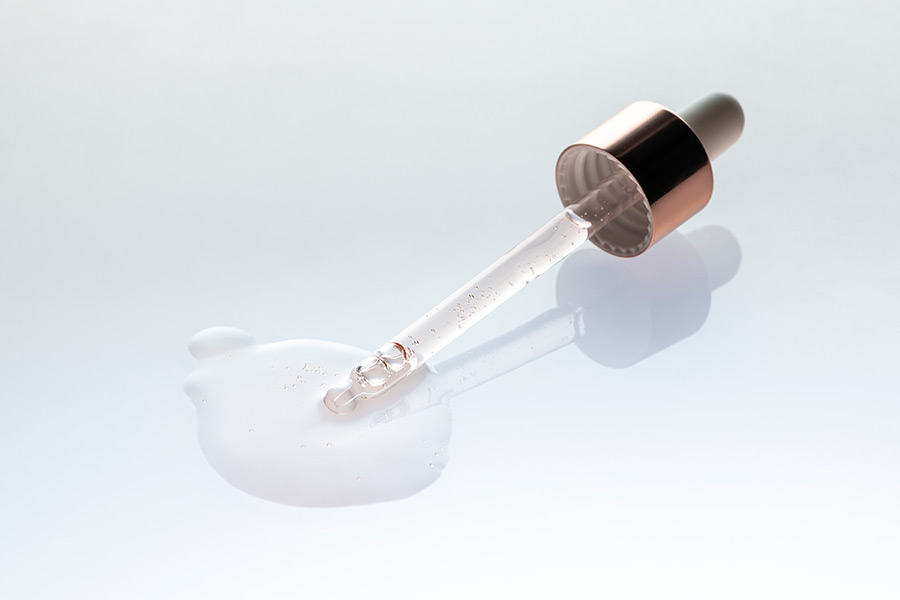As the seasons change, so does what we wear, eat, and do on the weekends. In the transition from winter to summer, we swap beanies for bikinis, soups for smoothies, and nights in watching Netflix for sunset picnics. Which begs the question: why should our skincare routine be any different? If you already have a solid skincare routine, then you definitely don’t need to overhaul the whole thing. Instead, in this post we’ll be covering how the change in season affects your skin, and how to make small changes to get your skincare routine in shape for summer. Are you ready?
In this post, we’ll be covering:
1. Summer Skin Challenges:
2. Summer Skin Solutions
Summer Skin Challenges
Every season comes with its own set of skin challenges. Summer is no exception.
1. Uneven Skin Tone
Summer in South Africa is synonymous with two things: the beach and braaiing. Both, unfortunately, are hotbeds of hyperpigmentation. Hyperpigmentation is a broad term used to refer to any discolouration or darkening of the skin. Types of hyperpigmentation include UV induced pigment formation, post-inflammatory hyperpigmentation (following injury or acne), melasma (caused by hormonal changes), freckles, and sunspots. Regardless of the type, studies have shown that exposure to heat exacerbates the (usually harmless but no less frustrating) skin condition known as hyperpigmentation. This is because the root cause of hyperpigmentation is increased melanin production. What’s melanin again? Real quick: melanin is the pigment responsible for the colour of your skin. Its most important job is to protect your skin from sun damage. It does this by absorbing harmful UV rays and diverting them away from your DNA. When your skin is in danger or feels threatened, it responds by producing an excess of melanin. Heat exposure → increased melanin production → hyperpigmentation. It makes sense, then, that dark spots are more pronounced in the summer months.
2. Uneven Skin Texture
Dewy skin is in. Think glistening, not clammy. Moist, not damp. Inspired by Korean beauty (or K-beauty) and Kim Kardashian, the look is also known as glass, honey, and yoga skin. What’s never in is dry skin. Unfortunately, summer can have a drying effect on your skin. It’s not just the sun that’s to blame. Other factors include chlorine and air-conditioning. Let’s break these down a little bit. The sun’s rays can dry out your skin by depleting its levels of sebum (aka your skin’s protective barrier). Chlorine, a chemical commonly used to treat swimming pools, can also strip your skin of sebum. The same can be said for air conditioners because they work by removing moisture from the air. If your skin isn’t producing enough natural oils, it can lead to patches of skin that are red, itchy, and flaky (in other words, the opposite of dewy).
3. Large Pores
This is one myth we really wish we could bust. Unfortunately, the rumours are true. Your pores really do get bigger in summer. Here’s why: your pores are openings in your skin designed to get rid of oil and sweat. The hotter it gets, the more you perspire. When you perspire, your sebum production line goes into overdrive. In response, your pores change size. Which brings us to one myth we can put to rest: there’s no such thing as pores opening and closing. Rather, they get bigger or smaller depending on how much oil and sweat there is for them to release. The problem comes in when pores are clogged, they can result in blemishes aka blackheads, whiteheads, and acne.
4. Excess Oil
We looked at what happens when the skin is exposed to dry heat, but what about the combination of heat and humidity? In hot, humid conditions, as a protective measure, your skin’s sebaceous glands produce more sebum. Unfortunately, this doesn’t have the glowing effect we mentioned earlier. Rather, you’re left with an oily or greasy layer. The other negative side effect of an increased oil flow is that it can lead to more breakouts. Once again, this has to do with congestion. Add to this not removing your sunscreen properly and you just bought yourself a one-way ticket to Blemish City.
Summer Skin Solutions
Here’s how you can make small changes to your skincare routine to get your skin summer ready.
1. Lighten Up
You know how in summer the days start to get lighter? Well, take your cue from nature when transitioning your skincare routine between seasons. This means ditching your thicker, heavier moisturiser and cleanser for gentler, more lightweight elixirs. Our pro tip is to switch to a dual-purpose moisturiser, especially if you’re prone to oily skin and blemishes. By lightening the load, a combination moisturiser and sunscreen can help keep your skin clear in the hot, heavy summer. Heavier cleansers tend to be cream or oil based. We recommend shelving these and opting for a soap-free foaming cleanser instead.
Our Recommended Moisturisers:
2. Consider Using Retinol
As long as you’re diligent about using sunscreen and limiting your exposure to UV, then using retinol in the evening can help with pretty much every summer skin problem—from uneven skin tone to clogged pores. In fact, oily skin tolerates retinol the best. So, if you suffer from excess oil in summer, it’s actually a great time to take the leap and finally introduce retinol into your skincare routine.
Our Recommended Retinols:
3. Get Your Vitamin C
If your biggest skin concern come summer is dark spots, then we can’t wait for you to meet your new go-to ingredient: vitamin C. When used topically, vitamin C acts as an antioxidant. Serums containing vitamin C target and lighten hyperpigmentation, including acne scars, sunspots, and melasma. Brightening serums also fight pollution and dehydration, and help with collagen production—hello plump, dewy skin! Step aside, Kim Kardashian…
Our Recommended vitamin C’s:
4. Bring Back Self Tan
When we say “self-tan” do you get horrible flashbacks? Streaky, patchy skin, orange hands and feet, strong smells, and stains all over your sheets? You’re not alone. Self-tan gets a bad rap. That said, it’s come a long way! Plus, it’s safer than traditional methods. The new buzzwords around fake tan are “tint,” “gradual,” and “sun kissed”. As long as you’re prepared, you shouldn’t run into any problems. By being prepared we mean exfoliating the night before, using an applicator mitt, and moisturising daily.
Our Recommended Self-Tanning Products:
5. Exfoliate… But Not Too Much
Exfoliating is especially important during the summer. Exfoliating regularly prevents acne by opening pores and removing dead skin cells and excess oils. Overdoing exfoliation, however, can leave your skin irritated. Incorporating a gentle exfoliator into your skincare routine once a week should do the trick. Our preferred exfoliators are products that use gentle acids to help remove dead skin like glycolic, citric, salicylic and lactic acid.
Our Recommended Exfoliators:
6. SPF is your BFF
We’ve said it once and we’ll say it again: SPF is your best friend! If you haven’t read last month’s post yet—on How to Prevent (and Treat) Sunburn Like an Expert—go read it! Empower yourself with all the information you need to enjoy your summer and soak up the sun responsibly.
Our Recommended SPF’s:
We hope that you found the above post informative and helpful to get your skin sun ready for the upcoming summer months.
Yours in skin,
The SkinMiles Team.




